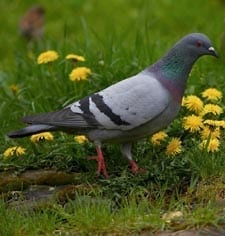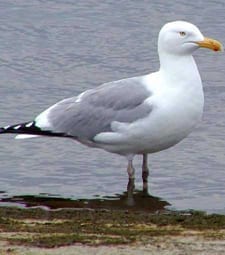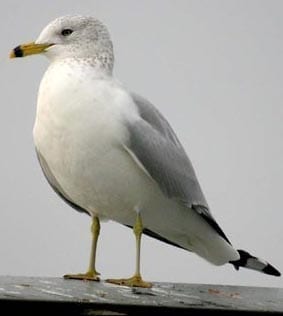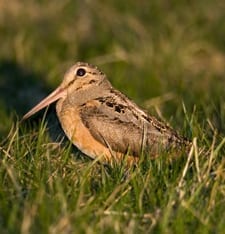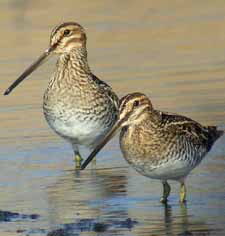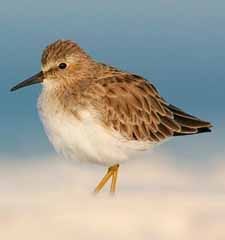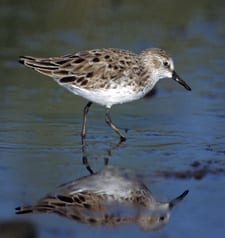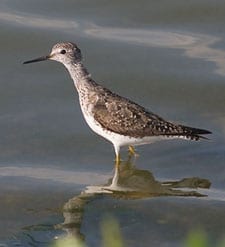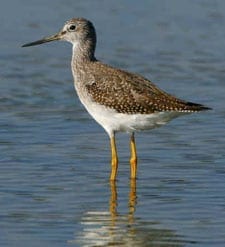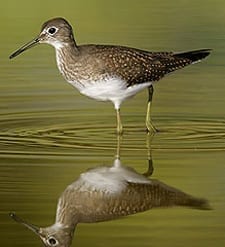Rock Pigeon
A common sight in cities around the world, Rock Pigeons crowd streets and public squares, living on discarded food and offerings of birdseed. In addition to the typical blue-gray bird with two dark wingbars, you'll often see flocks with plain, spotted, pale, or rusty-red birds in them. Introduced to North America from Europe in the [...]

